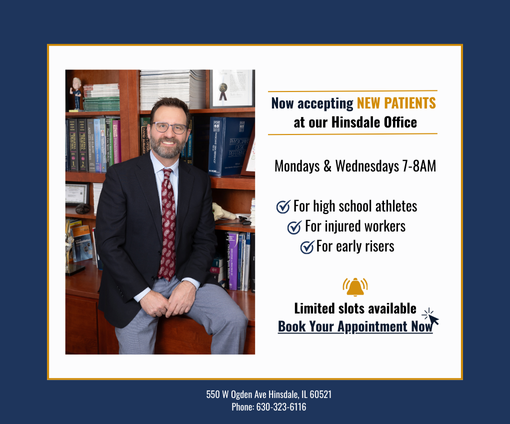Shoulder dislocations are injuries where the humeral head (ball) of humerus (upper arm bone) is no longer articulating (in contact) with the glenoid (socket) of the shoulder joint. The most common dislocation is anterior (more than 90 percent), where the humeral head dislocates out in front and below the glenoid socket. Because the shoulder has more motion than any other large joint in the body, it is the most commonly dislocated large joint. There are many structures that work together to provide shoulder stability and include the bone of the humeral head and glenoid, the glenoid labrum (a thickening of soft-tissue surrounding the glenoid socket), the capsule and ligaments which connect the humerus to the glenoid, and the tendons of the rotator cuff muscles which surround the shoulder. Any or all of these anatomic structures may be damaged with a shoulder dislocation and may require repair.
Learn More
 Hannah Greving, Lyons Township High School, #35
Hannah Greving, Lyons Township High School, #35
Dr Steven Chudik founded OTRF in 2007 to keep people active and healthy through unbiased education and research. Click to learn about OTRF’s free programs, educational opportunities and ways to participate with the nonprofit foundation.
1010 Executive Ct, Suite 250
Westmont, Illinois 60559
Phone: 630-324-0402
Fax: 630-920-2382
(New Patients)
550 W Ogden Ave
Hinsdale, IL 60521
Phone: 630-323-6116
Fax: 630-920-2382
4700 Gilbert Ave, Suite 51
Western Springs, Illinois 60558
Phone: 630-324-0402
Fax: 630-920-2382

© 2025 © 2019 Copyright Steven Chudik MD, All Rights Reserved.

